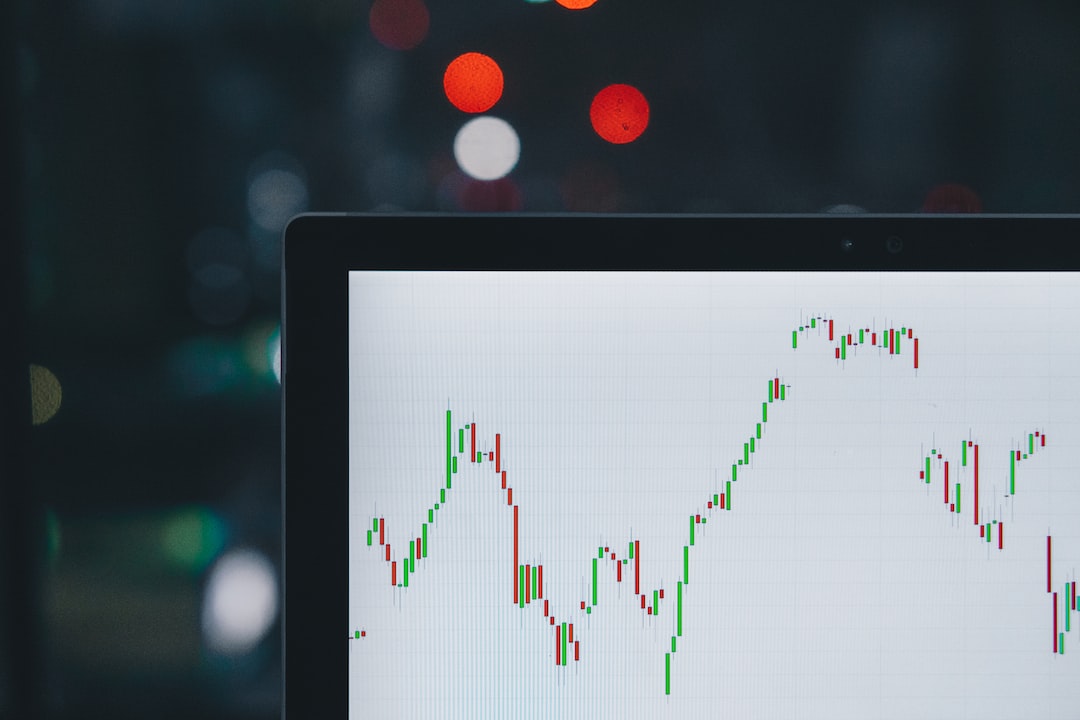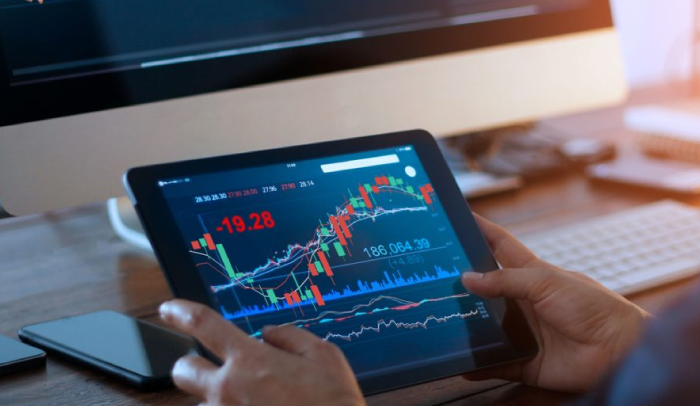
The true value of historical forex information lies in the capacity of its data to show pattern and trends over time that cannot be immediately apparent from a short-term perspective. In examining the data over decades, traders will be able to discern cyclical behaviors and market phenomena that are influenced by policies in the economy or geopolitical issues, as well as fluctuations in market mood. These data points are essential for creating strategies that are not simply effective, but also able to be adapted to the changing conditions of markets. Being aware of these trends in the long run allows traders to anticipate potential changes in the market and make the most of their position which improves their performance in trading.
The amount of historical forex data which spans over 37 years is especially beneficial when it comes to analysis over the long term. A lot of data providers provide limited historical data, often only one or two years in length that limit the capability to perform extensive backtesting. With access to more than a decade of data, traders can test their strategies against a variety of market conditions, including different economic cycles, political events as well as periods of high volatility. The long-term view helps to prove the robustness of trading strategies. It also ensures that they're not just customized to current market conditions however, they can be adapted to various possible scenarios.
for quantitative analysts as well as developers of trading algorithms, Fx History Data is the foundation upon which sophisticated models are constructed. They rely on huge quantities of data from the past in order to create and train predictive models. The greater the amount of data that is available is the more these models are able to learn and adjust to the various changes in market behaviour. A large amount of historical data gives the variety needed for the development of algorithms that work well under a wide range of market conditions. The data provided is essential to making advanced trading algorithms that can provide a competitive advantage in the foreign exchange market. To find added information please look at this site
The management of risk is another aspect where historical forex data proves valuable. By understanding how currency pairs have behaved in the past it is possible for traders to predict potential risk and plan accordingly. For example, studying historical price movements enables traders to recognize periods of extreme fluctuation and alter their risk management plans to secure their investment. This active approach to risk management is critical in the Forex market, in which unexpected developments can lead to significant financial losses. A comprehensive historical database helps traders to build more resilient portfolios, and to effectively reduce any risks that could arise.
Educational institutions and trading academies benefit significantly from access to vast historical data on forex. By providing students with decades of information, teachers are able to provide practical information on market mechanics and trading strategy design. Students can learn to recognize historic patterns, comprehend the significance of key economic events, and appreciate the complexities of trading in forex. This hands-on experience is invaluable for preparing the next generation of traders in order to navigate the world of forex successfully. A wealth of historical information guarantees that the educational program can cover a wide array of possible scenarios. This equips students with the necessary skills for a successful career in the field of trading.

The integration of historical foreign exchange data with prominent trading platforms like Metatrader 4 and 5 highlights its practical utility. They provide powerful tools for analysing past data, performing backtests, and executing trades with historical insight. Traders can import extensive historic data into these platforms, making use of advanced analytical features and automating their trading strategies. Integration of historic data and these platforms boosts the efficacy and efficiency of the trading process providing traders with a robust system for making educated decisions and optimizing the efficiency of trading.